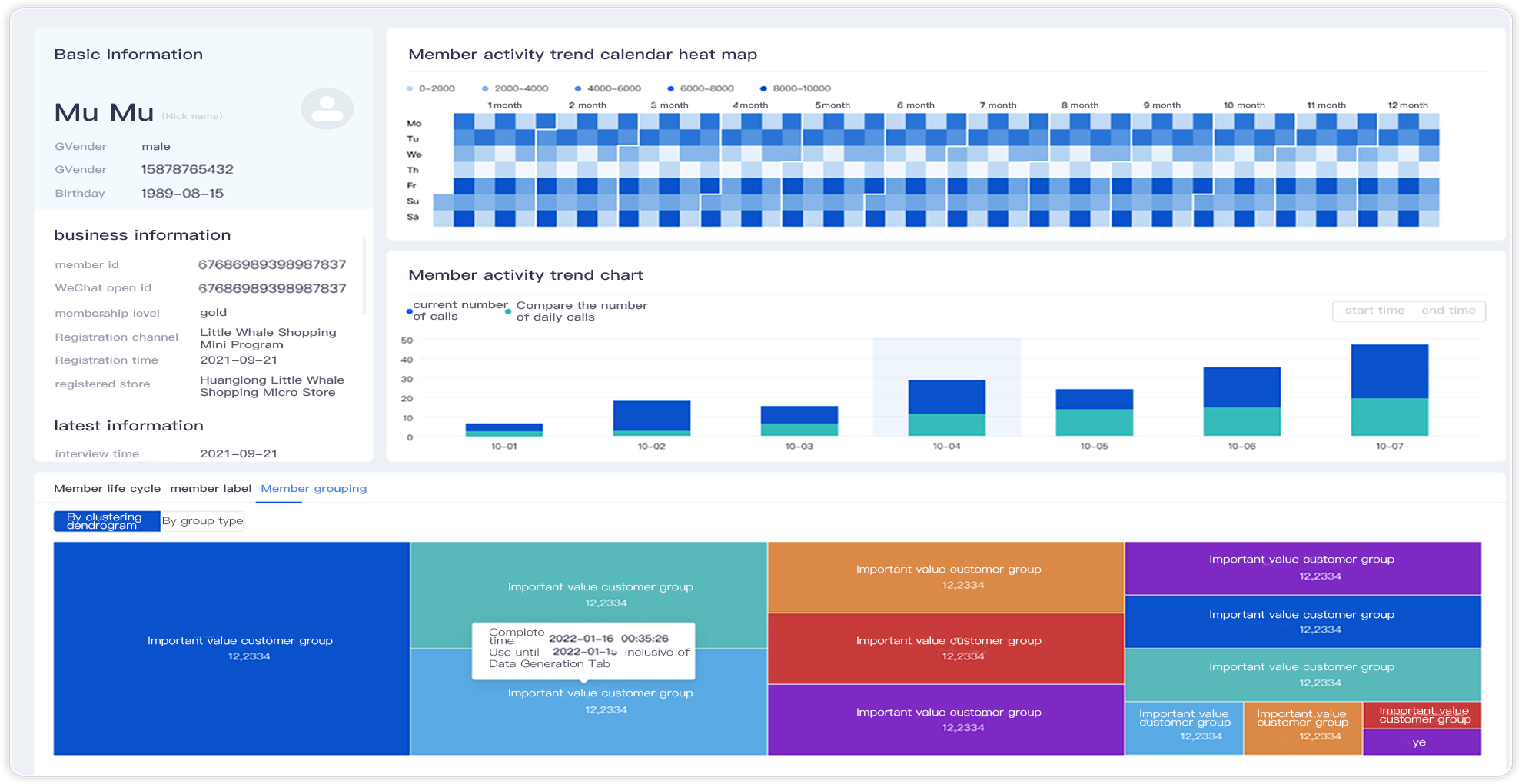Customer Loyalty Program Management
Brand B is a car company, and has a high cost of acquiring new customers, so it typically focuses on customer retention rate. Based on the analysis of historical marketing data, the company found that a large number of members were leaving and the brand urgently needed a system to manage membership, view lost rates, and improve customer retention.
Whale's Solutions:
1.Sort out data indicators
Different indicators have different definitions for churned users, but they have the same goal: higher sales and sales volume (North Star Indicator).
2. Indicator definition
Through the UJM (User Journey Map) model, indicators are divided into five major categories: acquisition, activation, retention, conversion, and referral.
3. Establish data relationships between North Star Indicator and churned users.
4. Modeling a membership lifecycle system
Statistical modeling establishes a user churn indicator and dynamically optimizes the model and indicators through model validation and data iteration.
Compared with static indicator definition, it realizes a closed-loop process iteration and can be adjusted according to business needs in real time.

Through the system, the brand extends member lifecycle by 35%, and achieves an effective recall of 16% (lost members accounted for the overall active members)

















